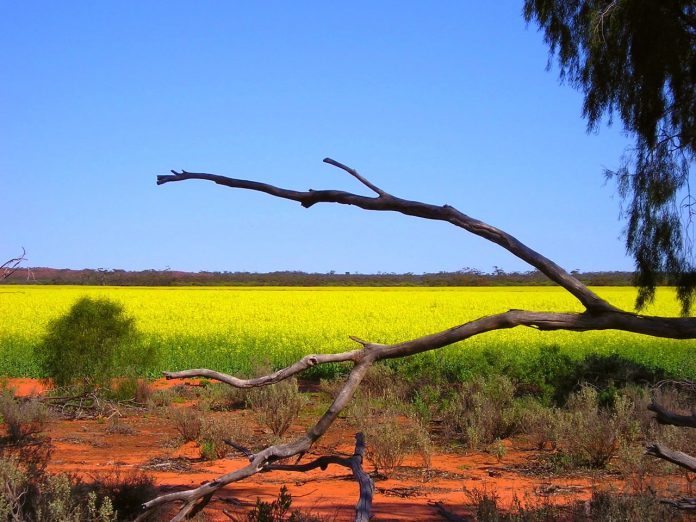Like many West Australians, I’m an import. I recently celebrated the 40th anniversary of my arrival in WA after being transferred here from Sydney by my employer.
As soon as my wife and I arrived here, we felt we were home. During those decades, we have become staunch Sandgropers. Perth is where we bought our first home and where we raised our family. We love Western Australia.
During the early years of living in WA I became a travel writer and broadcaster, and have had the great fortune to visit most of Western Australia. So, as a passionate West Australian I have formulated the five favourite places that I have visited here in WA.
5The Wheatbelt
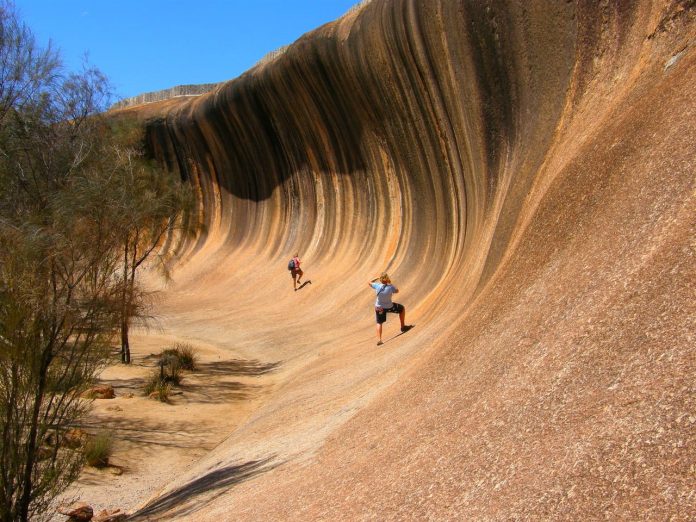
The Wheatbelt spans across 154,862 km2 in the south west of Western Australia and has five subregions: Avon, Central Coast, Central East, Central Midlands and Wheatbelt South.
My fascination is with the granite outcrops which dot the Wheatbelt. They are fascinating, unique and spectacular, particularly during wildflower season when the land surrounding these magnificent outcrops bursts into colour.
Western Australia is renowned for its wonderful flora with more than 12,000 species which carpet many hundreds of hectares with everlastings during the season.
There are two main types of granite outcrops, being either inselbergs (isolated rock hills or knobs) or monoliths, (a single massive stone or rock). Erosion usually exposes these geological formations, which are often made of very hard and solid metamorphic or igneous rock such as granite.
The most famous is Wave Rock, near Hyden. A granite cliff, it is 15 metres high and 110 metres long. It’s rounded shape has been caused by weathering and water erosion which undercut the base and left an overhang. Water from the springs running down the rock during wetter months dissolve minerals adding to the colouring of the wave. In 1960, crystals from the rock were dated as being 2700 million years old, amongst the oldest in Australia.
This is a monolith, and when you climb the rock you discover that it is much bigger than its face would suggest. Nearby is the equally fascinating Hippo’s Yawn.
Northeast of Mukinbudin is another fabulous rock, Beringbooding, from which you get fabulous views of the surrounding countryside. The rock features the largest rock water catchment tank in Australia.
Just over 17 kms away is Elachbutting Rock which has a reputation for being bigger, better and more pristine than any Wheatbelt granite rock formation that you may have seen before. It has a spectacular colourful wave similar to Hyden’s Wave Rock with the added beauty of ‘Monty’s Pass’, a 30m tunnel caused by a rock slide. An echoing cave similar to an amphitheatre is close by. Elachbutting Rock is massive, as the 6km track around the rock will prove.
Why is the Wheatbelt number five on my list?
Wildflowers, stunning farmland, intense colours and those wonderous rocky outcrops that are well worth exploring.
4The Coral Coast
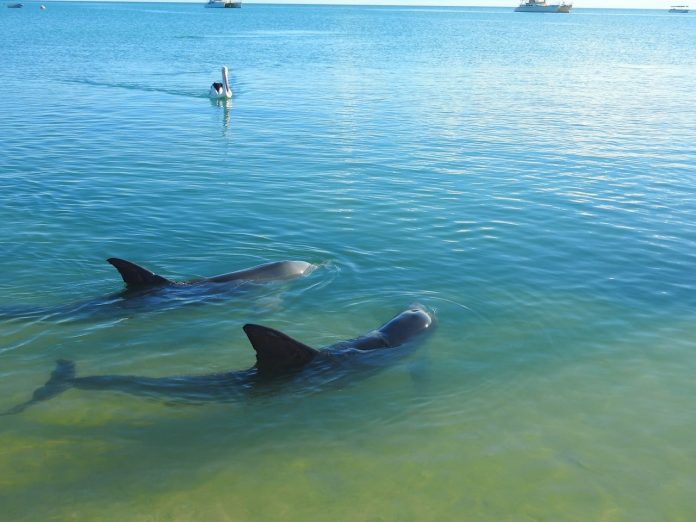
How lucky are West Australians? The Coral Coast begins just over two hours north of Perth at Cervantes then stretches along 1,100km of breathtaking coastline to the World Heritage-listed Ningaloo Reef.
Along this remarkable coastline you can discover the spire-like Pinnacles in Nambung National Park; fabulous Jurien Bay; the windswept, horizontal trees of Greenough; cruise to the Abrolhos Islands off Geraldton; admire the pink waters of the Hutt Lagoon; enjoy the cliffs, gorges, inlet and beaches of Kalbarri; discover Shark Bay World Heritage Area with its outstanding scenery, see the world’s oldest living organisms – stromatolites, mingle with dolphins at Monkey Mia and walk along the world’s longest shell beach.
I took a scenic flight and was astounded by the grandeur of the bay from the air, amazed by the size of the salt pool at Useless Loop, fascinated by the Zuytdorp Cliffs and Steep Point, the westernmost point on the Australian mainland.
Then there’s extraordinary Ningaloo Reef, the world’s longest fringing reef. Take just one step into the water at Coral Bay and you are snorkelling over the reef. From Exmouth visit the gorges and fabulous coastline, drift along Turquoise Bay, swim with whale sharks – our Coral Coast has it all and it is relatively undiscovered by international and overseas visitors.
Why is the Coral Coast number four on my list?
It is a magnificent and very special part of the world that is filled with natural wonders.
3The South West
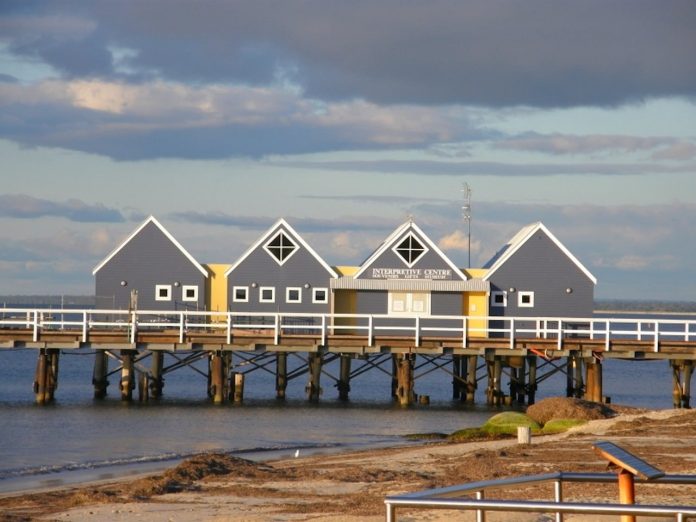
This is accessible from Perth and is ideal for a weekend getaway.
Down south you can easily enjoy WA’s natural beaches, beautiful vineyards, forests, caves and much more in just a single day.
It is much bigger than you realise, with an area of 23,000km2 covering the south west corner of Western Australia. It’s hard to believe but the South West has 1,000km of awe-inspiring coastline and surf breaks that are renowned throughout the world.
Rich soils and fertile land allows this region to provide us with the best in fresh produce and gourmet experiences. The Margaret River region’s more than 200 wineries produce more than 25 per cent of Australia’s premium wine. Marry that with wonderful produce and fabulous accommodation, we have the best the world can offer.
Now that we are getting direct flights to Busselton from Melbourne, the South West is no longer a state secret, but one we can share.
Why is the South West number three on my list?
We are so fortunate to have this treasure of a place virtually on Perth’s doorstep. Humans have had an impact here, but they have enhanced rather than ruined such a perfect place.
2Esperance coastline
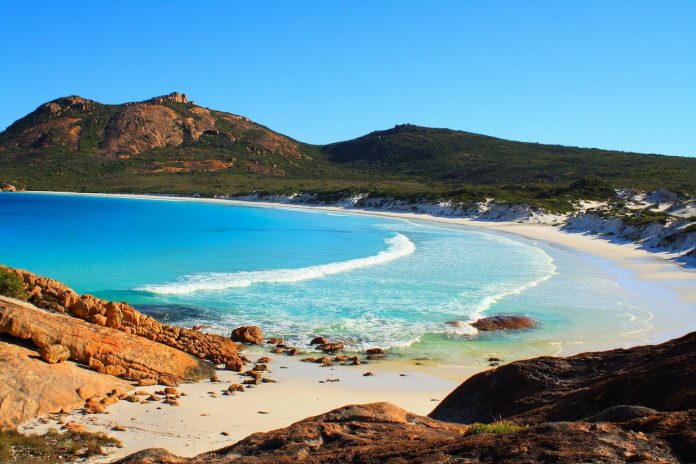
I have travelled to much of Australia and in my opinion the coastline around Esperance including the Fitzgerald Coast and the coastline east to Eucla is the most beautiful and engrossing in Australia.
This region boasts some of the State’s most pristine coastal scenery. It is adorned with national parks and marine playgrounds.
The brilliant blue waters, snow-white beaches and more than 100 islands of the Recherche Archipelago are accompanied by rich farmland and some of Australia’s biggest farms on the mainland. It’s the perfect place to indulge your love of nature and energise the soul with fresh clean air swept from the southern oceans.
The township of Esperance is an ideal base from which to explore a string of stunning beaches. Nearby are some amazing national parks, including Cape Arid National Park and my favourite, the majestic Cape Le Grand National Park.
Breathtaking almost describes the overwhelming beauty of this extraordinary piece of coastline. Lucky Bay, which curves between two large headlands in a long arc, has been scientifically proven to be Australia’s whitest beach. Twilight Cove next door is just as gorgeous, and not as well visited.
West of Esperance, Hopetoun and Ravensthorpe are the gateways to the impressive Fitzgerald River National Park, home to an incredible array of animal life and 1,900 species of beautiful and bizarre flowering plants.
Why is Esperance number two on my list?
It’s not replicated anywhere else in Australia and those cold, Southern Ocean waters which lap magnificent beaches just look so inviting.
1The Kimberley
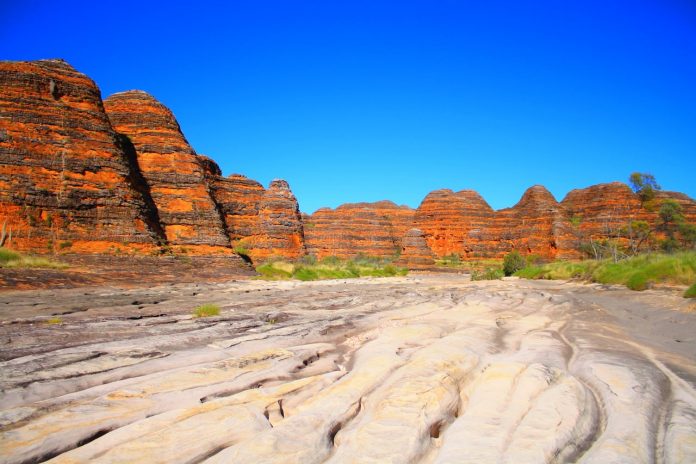
A Kimberley holiday offers some of Western Australia’s unique wilderness experiences. As you travel through the Kimberley you will visit some of the oldest places on Earth.
Covering nearly 423,000 km2 this ancient region has fewer people per km2 than almost anywhere else.
Be prepared to be amazed, and to see places that are totally untouched or changed by humankind.
Hidden in the region’s heart are remarkable landscapes, spectacular gorges, impressive waterfalls and wonderful landscapes.
Iconic Broome is a town like no other, especially the wide-verandered shops which overlook Roebuck Bay.
Some of the fabulous adventures you have is to walk through the spectacular Windjana Gorge with its soaring walls that are embedded with thousands of fossils, while freshwater crocodiles idly sun themselves on the sand. Nearby, enjoy the surreal experience of walking along an underground creek as you explore the ancient cave systems at Tunnel Creek National Park.
During the dry season drive along the Gibb River Road and divert to visit the many gorges that will keep you incredulous.
Some of these gorges require long, arduous walks in order to reach them. The reward is always a soothing swim in cool pools that are fed by waterfalls. Some, such as Galvan’s Gorge are just off the road and are easy to reach. Each is stunning in its own distinctive way.
Visit vast outback stations such as Mt Bennett, Home Station and the famous El Questro, each one of which will surprise with its geological diversity.
Kununurra is a fabulous outback town and a great base for cruising the immense man-made inland sea that is Lake Argyle, or for visiting the lush farms of the Ord Irrigation Area.
Close to Halls Creek, but down a long, winding dirt road is one of the most incredible places I have had the good fortune to visit, the World Heritage listed Purnululu National Park, featuring the famous beehive-shaped Bungle Bungles.
I’ve both flown over and walked through the Bungle Bungles and both experiences induce a sense of wonderment about how special these ancient, striated rock formations truly are.
The real treat when camping out in the Kimberley is the night sky. With no ambient light, hundreds of kilometres away from small towns, the night sky lights up and comes alive. It is vast. Encompassing. Overwhelming.
Why is the Kimberley number one on my list?
Because it is so ancient, vast and pristine that I feel emotional each time I visit. In the Kimberley I realise that humans may have had a devastating impact on the world, but in the Kimberley nature fights back and keeps the best to itself.



























